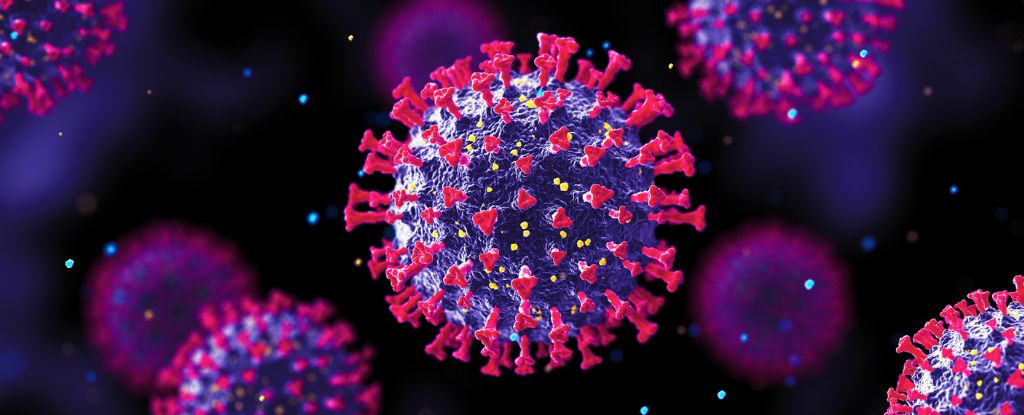COVID-19 is defined as a respiratory infection, but the effects of the novel coronavirus are certainly not confined to any one organ.
Dozens of recent autopsies show persistent evidence of SARS-CoV-2 throughout the body, including in the lungs, the heart, the spleen, the kidneys, the liver, the colon, the thorax, muscles, nerves, the reproductive tract, the eye, and the brain.
In one particular autopsy, remnants of the novel coronavirus were found in the brain of a deceased patient 230 days after they first started showing symptoms.
"Our data indicate that in some patients SARS-CoV-2 can cause systemic infection and persist in the body for months," conclude the authors of the study, led by researchers at the United States National Institutes of Health (NIH).
In the past, autopsies on those who have contracted COVID-19 have shown preliminary signs of multi-organ spread, with genetic remnants of the virus showing up in a myriad of tissues, organs, and fluids.
In July of 2020, further autopsies showed evidence of blood clots in nearly every vital organ of those who had contracted COVID-19.
The new research from the NIH now replicates and confirms these results in greater detail than ever before.
The researchers suggest their newest findings are the most comprehensive analysis to date on the cellular persistence of SARS-CoV-2 in the human body.
The study involved 44 autopsies, in which researchers carefully detected and quantified the level of messenger RNA from SARS-CoV-2 in 85 locations and fluids. This genetic information is indicative of where the virus might have been replicating during a person's life.
From autopsies carried out in April 2020 to March 2021, researchers found older, unvaccinated individuals who died from COVID-19 showed abundant signs of SARS-CoV-2 replication in a total of 79 locations and body fluids.
What's more, some of the changes were apparent within two weeks after symptoms first began to appear.
Interestingly, while the lungs showed the most inflammation and injury, the brain and other organs did not often show significant tissue changes "despite substantial viral burden".
The authors aren't sure why that is. It could be, for example, that the human immune system is not as good at targeting these other locations compared to the lungs.
In later stages of COVID-19 recovery, researchers found evidence that the lungs were less infected than they were at first, while other locations did not show nearly as much improvement.
"Our results show that although the highest burden of SARS-CoV-2 is in respiratory tissues, the virus can disseminate throughout the entire body," the researchers conclude.
How the virus spreads so far and wide is another mystery that needs to be solved. The autopsies in the current study did not often show detectable viral remnants in blood plasma, which suggests the pathogen may be traveling around via other means.
Understanding the way in which SARS-CoV-2 spreads and persists in the human body could reveal a lot about why some patients suffer from long-haul COVID-19.
The NIH study did not experiment with long COVID patients specifically, but the results are relevant to possible treatment plans.
Antivirals, like Paxlovid, for instance, could help the human immune system clear viral cells from tissues, organs, and fluids that may be otherwise difficult to reach.
Perhaps, in turn, that can help reduce lingering symptoms.
"We're hoping to replicate the data on viral persistence and study the relationship with long COVID," says one of the authors, Stephen Hewitt, from the National Cancer Institute.
"Less than a year in we have about 85 cases, and we are working to expand these efforts."
The study was published in Nature.





Recommended Comments
There are no comments to display.
Join the conversation
You can post now and register later. If you have an account, sign in now to post with your account.
Note: Your post will require moderator approval before it will be visible.